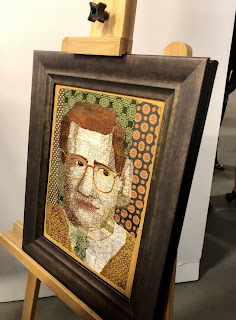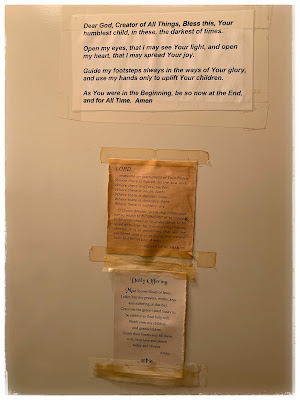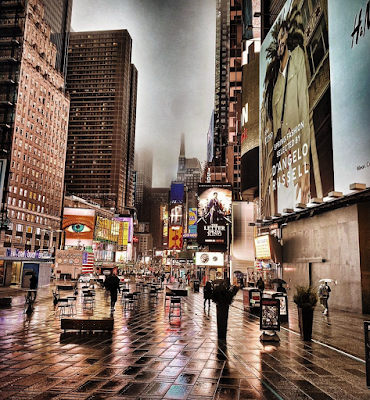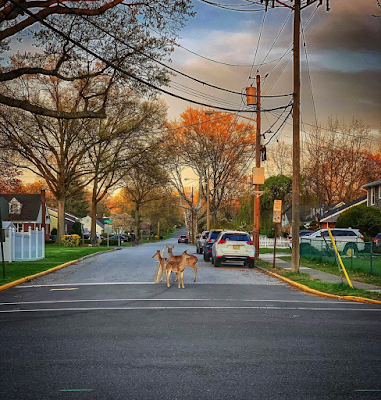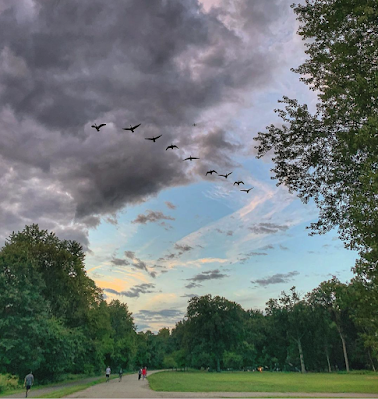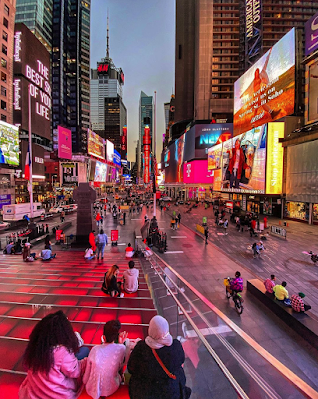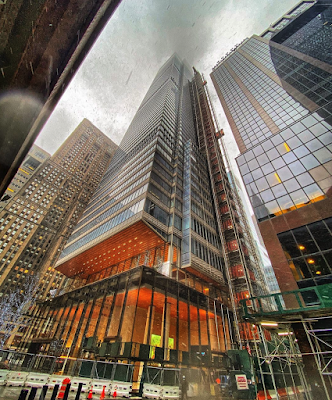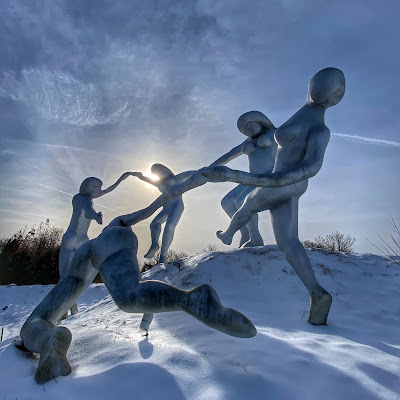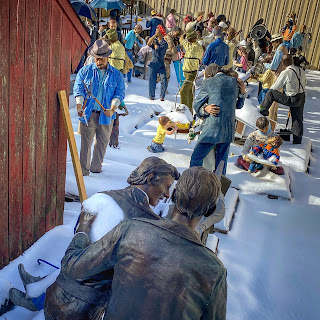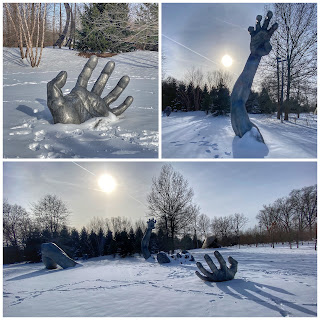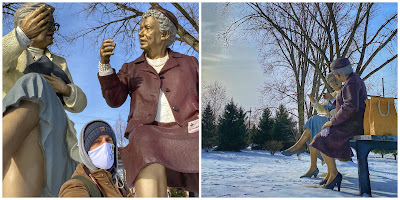One low point I witnessed in 2020 occurred while driving home from work in New York City in mid-summer.
Coach USA no longer operates a commuter bus serving my hometown in New Jersey; drivers on that route were furloughed in March.
So I used my car when allowed to physically return to the office in July -- just two days a week, and only after responding to 5 a.m. emails to testify I was COVID-free.
The low point occurred the evening Waze's iPhone navigation app displayed an alert that road kill was blocking the entrance to the lower level of the George Washington Bridge.
Road kill? In Manhattan? I was already too close to the bridge to change course. I drove with caution to the source of the congestion.
It turned out to be a living person: a man clutching a sign proclaiming his homelessness, standing in the middle of Harlem River Drive in the twilight, trying to get the attention of cars merging to the onramp.
Some Waze user had classified the beggar as "road kill" to warn other drivers.
---------
As 2020 comes to a close, I find hope for a better future and encouragement in the hundreds of iPhone photos I have taken over the past year. Many are of family, and many are of churches.
Why churches?
I love to photograph them because there's always more to the image than the eye can see. Every Sunday, I dutifully post about another New Jersey church on Instagram using the hashtag #NJChurchEverySunday.
When 2020 started, it was a year like any other.
I posted a photo on Epiphany Sunday at St. Bonaventure's in Paterson. I had taken Mom, who was raised speaking Polish in Garfield, to hear the Chopin Society Male Choir sing Polish Christmas carols. It was the choir's 25th annual visit to the church; needless to say, there won't be a 26th this coming Sunday.
In January and February, I was fascinated by churches with a rich history that were in danger of closing. I posted on Instagram about the sale of Alpine Community Church, fire-damaged St. Mark's Episcopal Church in East Orange, and the closing of the Stanley Congregational Church in Chatham. I also posted here about the demolition of the iconic A.M.E. church in Bivalve.
This was only a foreshadowing of the images from later in March: empty church pews or pews filled only with photos of parishioners, and distant images of locked church buildings.
By the end of summer, my Google Photos folder began populating itself with highly stylized images of churches I had previously photographed. These automatic "creations" were beautiful churches in beautiful towns, such as Summit, Haworth, Montclair and Norwood.
Here, for example, is the Church of the Atonement at dusk in Tenafly.
This photo seemed even more picturesque on my phone than it had been in real life, and Google's artificial intelligence engine picked up on this mysterious quality. Google had stored the photo in its cloud, then -- as if to offer solace -- automatically stylized the image to enhance its lighting and shadows.
I admire any church that inspires Skynet; I think that bodes well for our collective fate.
---------
Many very smart people try to predict the future... with little success.
This week I read with interest Marketing professor Scott Galloway's 2021 predictions, fully aware how wrong he has been in prior years. Two years ago he predicted that Tesla stock, then about $85 a share, would crash and burn. In 2019, the stock soared, and in 2020 it soared even higher. Each share, even after a 5-for-1 split in August, is worth more than $700 today.
Is this the lesson of 2020? That the gap between rich and poor, between the haves and the have-nots, will forever widen?
It doesn't have to be that way in 2021.
I look at the churches surrounding us and see symbols of hope for better days ahead.
Churches, even when closed, have stories to tell. They offer us more than what our eyes can see.
I predict with utter certainty they will outlast not only this pandemic, but also the rise and fall of the rich, and the vagaries of weekday traffic in New York City.
Our churches promise salvation for all, and they glorify our road kill.




